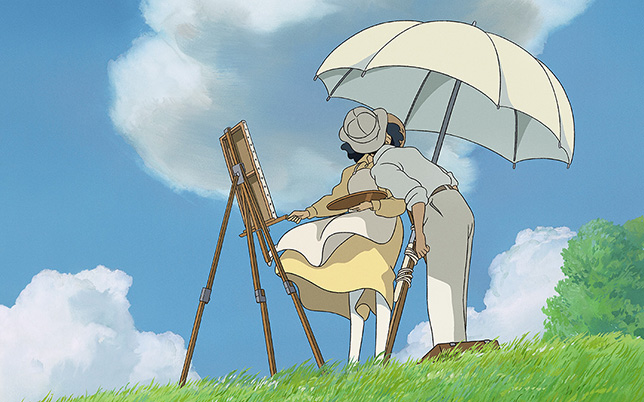
- Industry
Hayao Miyazaki: A Master’s Final Stroke?
“I am a little embarrassed to say… but without love, life is not worth living.”
This was Hayao Miyazaki’s answer to the question, “What does love mean to you?” in 2008, when the American version of Ponyo was released. Love is always at the core of his stories. His keen and loving view of life is a bonding of characters and stories.
His latest film, The Wind Rises, starts around the 1920s and ends around the time when Japan is about to plunge into WWII. The main character is based on real life aeronautical designer, Jiro Horikoshi, who was a leader of the group who built the Zero fighter plane. The story is a mixture of Horikoshi’s actual life pursuing his dream of designing the most beautiful plane in the world and the plot from the novel The Wind Rises. The book was written by Japanese author Tatsuo Hori and is about a man who meets and falls in love with a young woman who is dying of tuberculosis. It’s been five years since Miyazaki’s last film, Ponyo and to all of his admirers’ disappointment, the director has declared The Wind Rises to be his last work as a feature animator.
In his retirement announcement press conference, last September in Tokyo, he mentioned that the hours with his pencils are getting shorter (all of his animations are hand drawn) and its taking much longer to complete a film. He didn’t want to think how old he would be when his next film was finished. He knew it was time to finally draw an end to his career creating feature length animation films.
Prior to The Wind Rises, Miyazaki had never used a real life person as a model for his story telling. It is intriguing to know that he chose a brilliant aircraft designer for his last feature as some speculate this film is his story. Horikoshi and Miyazaki share some parallel interests in life as well. It’s clear that Miyazaki loves airplanes, as many of his works show his passion for aircrafts. However, he’s struggled to reconcile his love of fighter planes and military aircrafts with his strong anti-war beliefs. Horikoshi dreamt of becoming an aeronautical designer simply because he loved beautiful airplanes but later in his career he began building the fighter planes that caused casualties during the war.
For a long time, he refused to publish a book about his creation of the Zero fighter due to it’s historical legacy of destruction. Horikoshi’s son, Tadao Horikoshi, stated that he believes his father was not as romantic a person as he is in the film, but he saw his father’s passion and devotion to his work. And as any fan knows, Miyazaki’s own devotion to animation is clear. He doesn’t use computers to animate, only his hands, and that requires massive amounts of time and pencils. He has said “I have never made a film knowing how it would end. You can imagine how hard it is for my team to work with me. It is hell to draw images searching for where the story is going exactly”.
Despite the similarities between Horikoshi and Miyazaki, there is a big difference at the end for these two men. Miyazaki, now 72, still loves to draw. He says that he never liked being a director, but is completely happy that he has chosen to be an animator. Horikoshi however, had a less than ideal retirement. His story ends following Japan’s defeat in WWII, when all aeronautical manufacturing was prohibited in that country. Tragically, Horikoshi’s lifelong devotion to building the most beautiful airplane in the world was abruptly halted at the age of 42.
Yukiko Nakajima [gallery:3370]